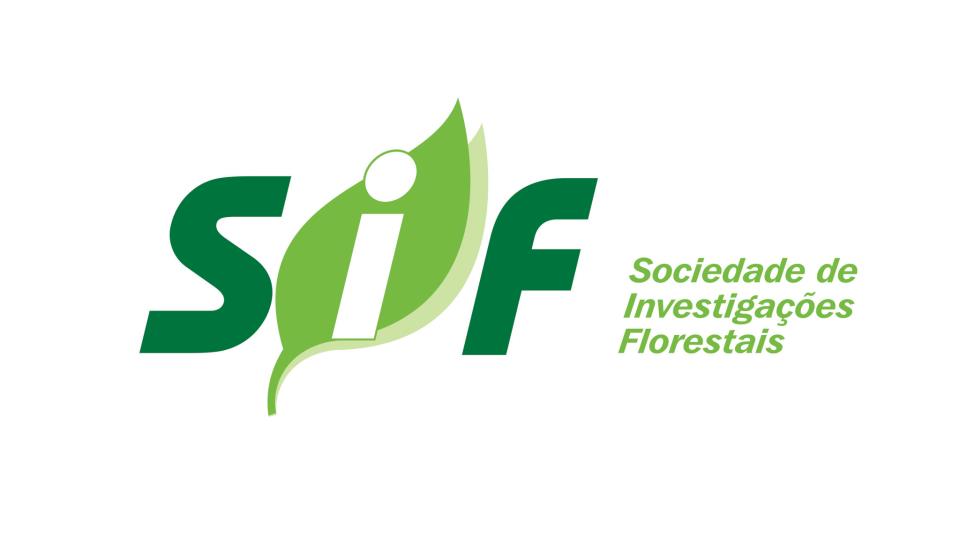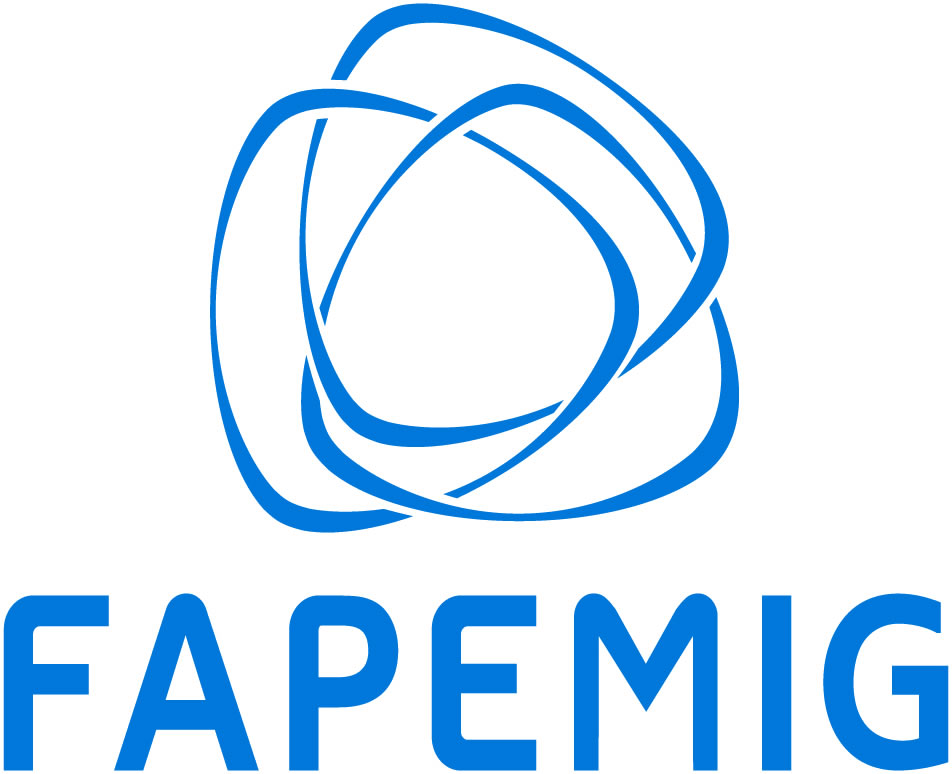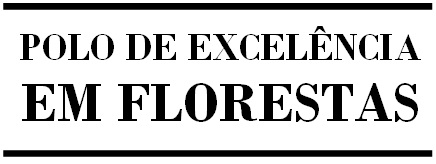Biblioteca Florestal
Digital
Digital
Relação entre vegetação e pedoformas na Mata do Paraíso, município de Viçosa, Minas Gerais

JavaScript is disabled for your browser. Some features of this site may not work without it.
| dc.contributor.author | Marangon, Luiz Carlos | |
| dc.contributor.author | Soares, João Juarez | |
| dc.contributor.author | Feliciano, Ana Lícia Patriota | |
| dc.contributor.author | Lani, João Luiz | |
| dc.contributor.author | Matos, Laudiceio Viana | |
| dc.date.accessioned | 2014-09-12T17:47:32Z | |
| dc.date.available | 2014-09-12T17:47:32Z | |
| dc.date.issued | 2013 | |
| dc.identifier.citation | MARANGON, L. C. et al. Relação entre vegetação e pedoformas na Mata do Paraíso, município de Viçosa, Minas Gerais. Revista Árvore, Viçosa, v.37, n.3, p.441-450, 2013. | pt_BR |
| dc.identifier.issn | 1806-9088 | |
| dc.identifier.uri | http://www.bibliotecaflorestal.ufv.br/handle/123456789/10958 | |
| dc.description.abstract | A Mata do Paraíso, em Viçosa, MG, é classificada como Floresta Estacional Semidecidual em estado avançado de regeneração. Na Zona da Mata de Minas Gerais predominam os Latossolos Vermelho-Amarelos e esta classe também é a mais recorrente na região de Viçosa. São solos, na sua grande maioria de baixa fertilidade natural. Dessa forma, procurou-se associar características dos solos numa topossequência estratificada em geoambientes ou pedoformas, denominados de Plano, Encosta, Ravina e Topo. Para isso, coletaram-se amostras de solos dentro de 40 parcelas, as mesmas utilizadas para caracterizar a vegetação. As amostras de solos foram retiradas nas profundidades de 0 a 20 cm, 20 a 50 cm e de 50 a 100 cm, em três pontos diferentes de cada parcela. Nas amostras de solos, efetuou-se a análise textural (TFSA), bem como o pH, carbono orgânico total, Ca, Mg, Al, K e P disponível e remanescente. A partir dos resultados calcularam-se a soma de bases (SB), a capacidade de troca catiônica total (T) e efetiva (t), a saturação por bases (V) e a saturação por Al (m). Considerando-se a vegetação como indicador ambiental, verificaou-se um maior número de espécies na Encosta (104), mas com plantas de menor porte e, em seguida, na Ravina (28), com árvores com DAP e alturas bem maiores. Na Encosta, o solo é mais pobre em nutrientes do que na Ravina e muito mais propenso à erosão laminar. Assim, supõe-se que a opção da natureza seria pela diversidade para melhorar a eficiência da reciclagem, coisa que as espécies estariam fazendo em seu próprio benefício. A pedoforma Topo apresenta muita restrição em nutrientes, o que limita, em parte, não somente indivíduos de tamanho e diâmetros maiores, bem como a própria diversidade de espécies. As espécies pioneiras, nesse caso, teriam papel fundamental na manutenção ou na "formação" da fertilidade desse geoambiente. Pela textura, foi possível separar nas três profundidades dois grupos: Plano e Topo apresentam texturas mais homogêneas e Ravina e Encosta mais heterogêneas. | pt_BR |
| dc.description.abstract | The Mata do Paraíso is originated in regeneration, making up secondary vegetation whose typology is Semidecídua Estacional Forest. In the Zona da Mata from Minas Gerais State, the Latosols predominate and this category is, also, the most present in the Viçosa's region where the soils are, generally, nutritive poor. Thus, it was looked for associating some characteristics of soils from "Mata do Paraíso" in specified order to relationate them with the evolution of different kinds of toposequences, presents in the studied area, and the local arboreous vegetation. Samples were gathered inside the 40 parcels, the same ones utilized for the vegetation study. Samples weretaken away from 0 to 20cm, 20 to 50cm and 50 to 100cm of depth in three different points. TFSA textural analysis of the soil was performed, as well as, density of soil, pH, total organic carbonic, Ca, Mg, Al, K and P. Based on the results achieved, the sum of the basis was calculated (SP), the cationic change capacity (T) and effective (t), saturating for basis (V) and saturating for Al. The remainders P were also determinated. Using the vegetation as the best ambient indicator, it can be perceived more species at the hillside, but with small plants and, following, the Ravine, with bigger trees. On the Hillside, the soil is poorer than the Ravine's and more subordinate to laminar erosion. In this case, the natures' option would be increase the recycledefficiency by the diversity, what the species would be doing by its self benefit. The Top is too poor, that limits individuals of bigger size and diameter, as well as its self diversity. The pioneer species, in this case, would have a fundamental role in maintaining or in the "formation" of this soil fertility. The texture, it is perceived that is possible separating on the 3 depths, 2 ambient groups: on Plan e the Top present a texture more homogeneous and Ravine and Hillside more heterogeneous. | pt_BR |
| dc.format | 10 páginas | pt_BR |
| dc.language.iso | pt_BR | pt_BR |
| dc.publisher | Sociedade de Investigações Florestais | pt_BR |
| dc.relation.ispartofseries | Revista Árvore:v.37,n.3; | |
| dc.subject.classification | Ciências Florestais::Meio ambiente::Ecologia e ecossistemas florestais | pt_BR |
| dc.subject.classification | Ciências Florestais::Silvicultura::Solos e nutrição florestal | pt_BR |
| dc.title | Relação entre vegetação e pedoformas na Mata do Paraíso, município de Viçosa, Minas Gerais | pt_BR |
| dc.title | Relationship between vegetation and landforms in the Mata do Paraíso, Viçosa, Minas Gerais | pt_BR |
| dc.type | Artigo | pt_BR |
Arquivos deste item
| Arquivos | Tamanho | Formato | Visualização | Descrição |
|---|---|---|---|---|
| Revista_Árvore_v37_n3_p441-450_2013.pdf | 681.6Kb |

|
Visualizar/ |
Periódico |





